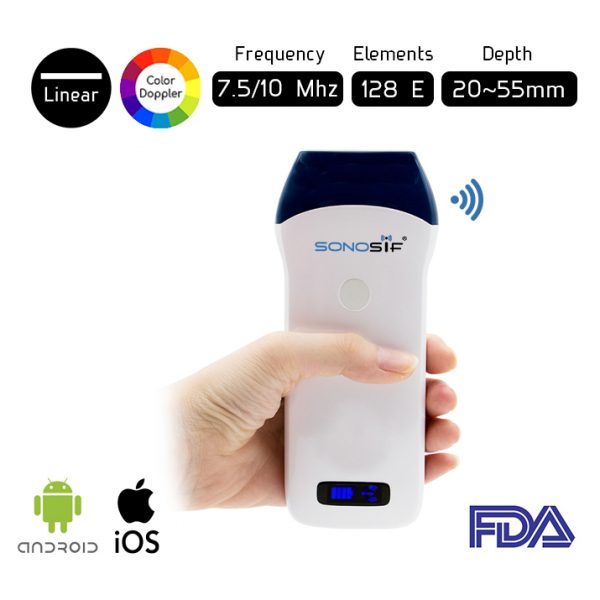- Immediate contact :
- +1-323-988-5889
- info@sonosif.com

Monitoring IUD Insertion Ultrasound
October 31, 2022
Ultrasound for Follicular Growth Monitoring
January 2, 2023Rhinoplasty, often known as nose surgery, is requested by patients for a number of reasons. Indeed, nose shape issues can arise as a consequence of trauma, or they might be congenital or the result of a deformity. There are several methods for nose reconstruction. Each patient is given the approach that is most appropriate for his or her condition. Furthermore, the surgical method may be external or internal, depending on the intricacy of the surgery (endonasal).
The surgical surgery known as rhinoplasty entails restoring the cosmetic balance of the nose as well as addressing various functional problems that may impair breathing or the treatment of the nasal septum’s deviation.
The type of corrective nose surgery that maxillofacial surgeons frequently do is called septoplasty, or nasal septum correction surgery. This surgical procedure is done to fix the breathing issues brought on by a deviated nasal septum. The process entails the careful removal of cartilage from the nasal septum, which is situated at the base of the nasal mucosa, using one or more specialized procedures as necessary.
Which Ultrasound Is suitable for rhinoplasty?
The Wireless Color Doppler Linear Ultrasound Scanner L2CD may be useful for surgical planning and patient counseling since it is a non-invasive tool that evaluates the amount of surviving septal cartilage in the presence of past septoplasty. A color doppler scan of the veins surrounding the nose reduces the risk of bruising and other problems after surgery.
Color Doppler Linear Ultrasound Scanner also aids with pre-operative treatments such as anesthesia, which can save physicians time and relieve patients’ agony by eliminating inaccurate and repeated infusions.
Reference: Using Ultrasound to Evaluate Nasal Septal Cartilage
Disclaimer: Although the information we provide is used by different doctors and medical staff to perform their procedures and clinical applications, the information contained in this article is for consideration only. SONOSIF is not responsible neither for the misuse of the device nor for the wrong or random generalizability of the device in all clinical applications or procedures mentioned in our articles. Users must have the proper training and skills to perform the procedure with each ultrasound scanner device.
The products mentioned in this article are only for sale to medical staff (doctors, nurses, certified practitioners, etc.) or to private users assisted by or under the supervision of a medical professional.





